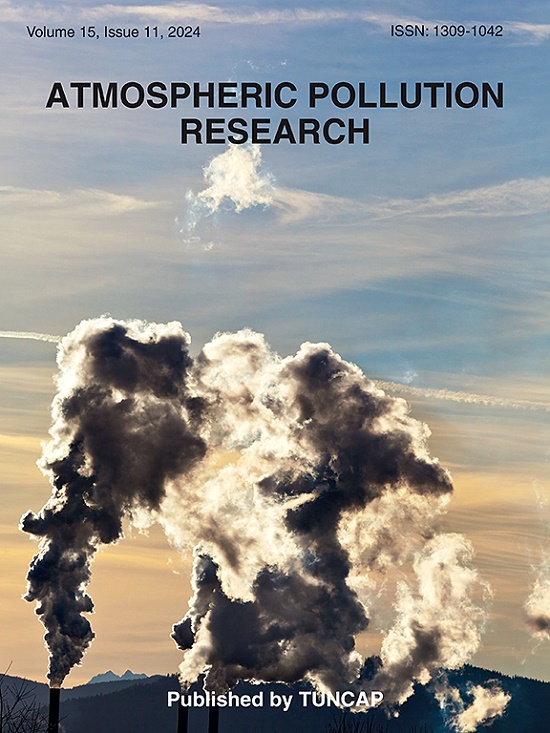Comparative study on the dispersion and removal efficiency of indoor aerosol particles under various displacement ventilation modes
IF 3.9
3区 环境科学与生态学
Q2 ENVIRONMENTAL SCIENCES
引用次数: 0
Abstract
The removal of indoor aerosols through ventilation is a critical area of research in indoor air quality management. This study utilized the validated Re-Normalization Group (RNG) k-ε model to simulate the effect of different ventilation methods on the diffusion and distribution of indoor aerosol particles. The analysis encompassed variations in temperature, airflow dynamics, and aerosol dispersion characteristics under both summer and winter conditions. The results indicate significant differences in indoor airflow structures among different ventilation modes, influencing the thermal comfort of indoor occupants distinctly. Furthermore, these ventilation modes had varying impacts on the diffusion of particles of different sizes under different seasonal conditions. In summer, the ceiling-supply and side-return ventilation mode demonstrated outstanding particle removal efficiency, achieving a remarkable 99.2% removal rate after just 50 s of ventilation. Conversely, winter conditions posed challenges for efficient indoor aerosol particle removal, even with similar ventilation modes. During winter, the most effective ventilation mode was the left-upper supply and right-lower return mode, which achieved a particle removal efficiency of 98% at 100 s. These findings highlight the importance of understanding seasonal variations in indoor aerosol distribution and the effectiveness of diverse ventilation methods in improving indoor air quality. Such insights are invaluable for optimizing ventilation systems and the continually improving indoor air quality management.
求助全文
约1分钟内获得全文
求助全文
来源期刊

Atmospheric Pollution Research
ENVIRONMENTAL SCIENCES-
CiteScore
8.30
自引率
6.70%
发文量
256
审稿时长
36 days
期刊介绍:
Atmospheric Pollution Research (APR) is an international journal designed for the publication of articles on air pollution. Papers should present novel experimental results, theory and modeling of air pollution on local, regional, or global scales. Areas covered are research on inorganic, organic, and persistent organic air pollutants, air quality monitoring, air quality management, atmospheric dispersion and transport, air-surface (soil, water, and vegetation) exchange of pollutants, dry and wet deposition, indoor air quality, exposure assessment, health effects, satellite measurements, natural emissions, atmospheric chemistry, greenhouse gases, and effects on climate change.
 求助内容:
求助内容: 应助结果提醒方式:
应助结果提醒方式:


